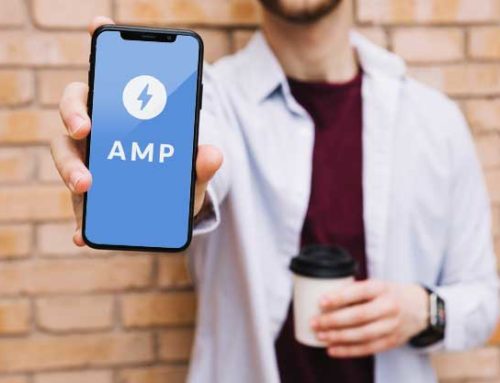Millennials are individuals, belonging to the generation born in the 80’s and 90’s. Unlike the previous generations, millennials were raised in a digital world, which has affected their general as well as online behaviour. It’s a generation that seeks answers online, they are more likely to turn to Google when facing a problem. With more than 50%, millennials are the largest group in the labour force and their purchasing power is still increasing. Of course that brings many companies to think about how to get their attention.
When building a website for millennials, it’s crucial to truly understand who they are and how they operate. So let’s look at the facts, the ones needed to evaluate this generation to develop a unique user experience.
1. Millennials have a short attention span
And by short, we mean selective. The average user attention span is 8 seconds and that’s about how much time you have to make an impression. Millennials work fast and don’t want to lose time where they don’t need to. They will scan your website in seconds and decide whether it’s worth another look based on it’s feel and UX. If it fails to catch their attention, they will simply move on to the next one. With that in mind, here’s how to optimise your design for more effective user experience:
- Make your website load quickly
In average, if a website takes more than 3 seconds to load, we give up and move further. Try to reduce your website’s loading time with technical optimisation. - Reduce the clutter
Make your design stand out with engaging interactive elements and remove the unnecessary features. Create a clean design, easy to navigate. Content has to be relevant and meaningful. - Less information per viewing area
Study your clients, recognise what’s necessary for them to know and only present what they need. Allow them to access more information if they desire. - Simplify processes and interactions
Less is more. You don’t want your customers to think more than they really need to. Reduce the options and make it easier for them to make decisions.
2. Mobile technology
Millennials are constantly connected. More than 9 out of 10 millennials own a smartphone according to a recent study by Pewresearch and more than 50% own a tablet computer, meaning they access websites from a variety of devices. In fact, they often don’t complete an activity through a single channel. Making websites mobile-friendly and responsive is no longer enough for companies to be able to say they provide a true omni-channel experience. Developers must now be able to build continuous experiences with consistent design, optimised for all mobile devices. Users might want to start watching a video, reading an article or even shopping on one device, then continue their activity on another device without interruption. Therefore, companies need to recognise their audience’s desires to create their own omni-channel strategy, according to their business goals.
3. They are sceptic
Growing up in the era of fake news and advertisements that promise it all and then don’t deliver, millennials aren’t exactly the trusting type. Meaning that when it comes to information they find online, they might question it too. To make claims without presenting evidence to support them is a no-go, if you design for millennials. This is what you can do to build their trust:
- Allow them to share their opinion of the product or service
By displaying reviews and allowing your clients to share theirs, you instantly increase their trust. Millennials are more likely to buy products with good reviews and recommendations. - Provide good quality photographic material with accurate description
It’s easier to trust products with detailed information presented in the right way, backed with outstanding photos. - Be authentic and straight-forward
Don’t try to present yourself as something you are not. Do you best to catch the spirit of your business and stay consistent with it. Millennials respond to authenticity and transparency, even when it comes to pricing or even competition comparison.
4. They look for deeper connections
Millennials look for products they feel they can relate to. Web design is no longer just about distributing graphics and text elements. It’s about understanding your target group and knowing what information is important for them and what they are looking for. This can be the basis for creating your brand story. Storytelling is gaining popularity in the digital world because it offers a unique experience by establishing an emotional bond with the audience. A brand story is everything from your design elements to your content to the way you speak to your audience. Are you casual or professional? It’s best to find the right balance between the two so you can remain interesting to other generations too. Your story has to be authentic, relatable, aligned with your mission and in addition, it has to consider your company’s core values.
5. Personalisation
It’s all about the customisation when it comes to selling to millennials. They want to feel like they got the perfect product for their money. Something designed for their personal needs. Personalisation consumes a lot of time and resources, however there are many cost-effective ways to deliver it. For instance, personalised books for children by Hooray Heroes are a perfect example of how to use personalisation to create a brand story that sells! Another example would be one of CocaCola’s recent marketing campaigns. Remember the Coke bottles with names and how everyone tried their best to find a bottle with their name on it? Well, the trick worked! They increased their soft drink sales for 2%, which means 200 million more servings sold per day, all because of personalisation.





Leave A Comment